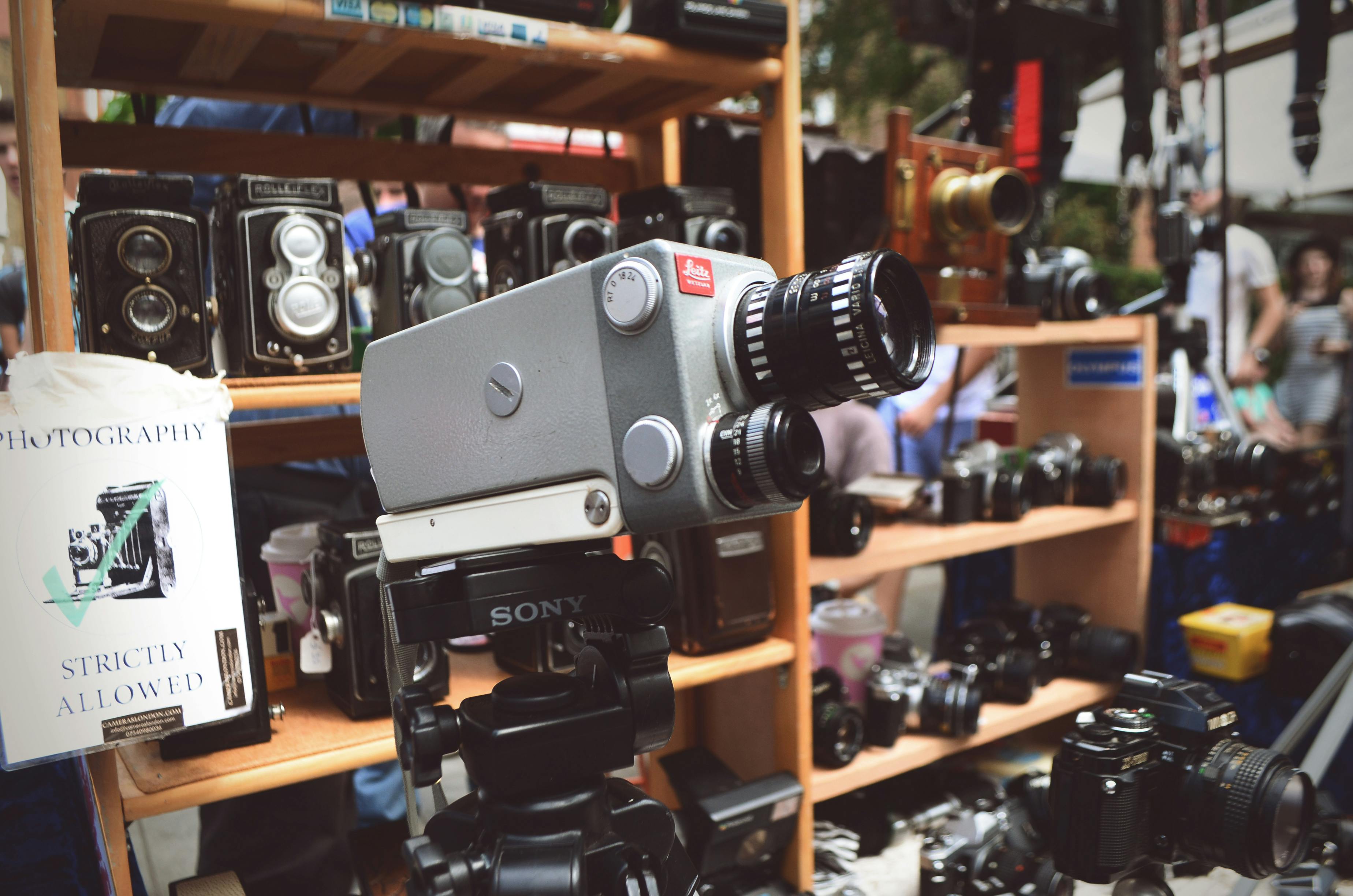It’s natural to play specific musical passages that are marked with a lot of emotion. My piano students get quite involved with a piece and start playing without realizing that they have turned up the volume and increased their speed.
Does loud music also mean fast?
Remember that playing the piano loudly is not the same as playing fast. Likewise, soft play should never be confused with slow play. There are many fast pieces that are played softly and slow pieces that are played hard.
Note that Italian (sometimes English, German, or French) terms are often used by composers to indicate the approximate speed and character of their music, such as Presto, Allegro, or Andante and Largo, to name a few. These words do not indicate the precise speed of a song because this can only be done with the use of a metronome. In general, when you see forte (loud) written in your music, it doesn’t mean you play allegro (fast).
With the piano instructions, you now learn that forte does not mean allegro and that piano does not mean adagio. Hopefully, you are discovering what these many Italian terms mean. You can find the definition in the back of your music books, and especially dynamic and tempo signs are listed in a music dictionary.
How do I avoid falling into this trap?
To make sure you’re not speeding up during crescendo or forte passages or slowing down during soft sections, practice your songs with a metronome. You can also record or videotape your performance to verify a consistent tempo.
To practice your speed control, play a particular passage of music four times observing different dynamics and setting the metronome to a certain speed.
Next, play a piece of music that you know very well, one of your favorites, observing different dynamics. Use the metronome to make sure you play the piece at the same speed no matter how hard or soft you are playing the song. When I play a certain composition out loud, I use my body weight and push the keys, but I don’t hit them.
The solution to not speed up during a noisy passage is to keep counting the beats of the rhythm as if you were listening inside yourself to the beats of the metronome you have been practicing with for quite some time.
